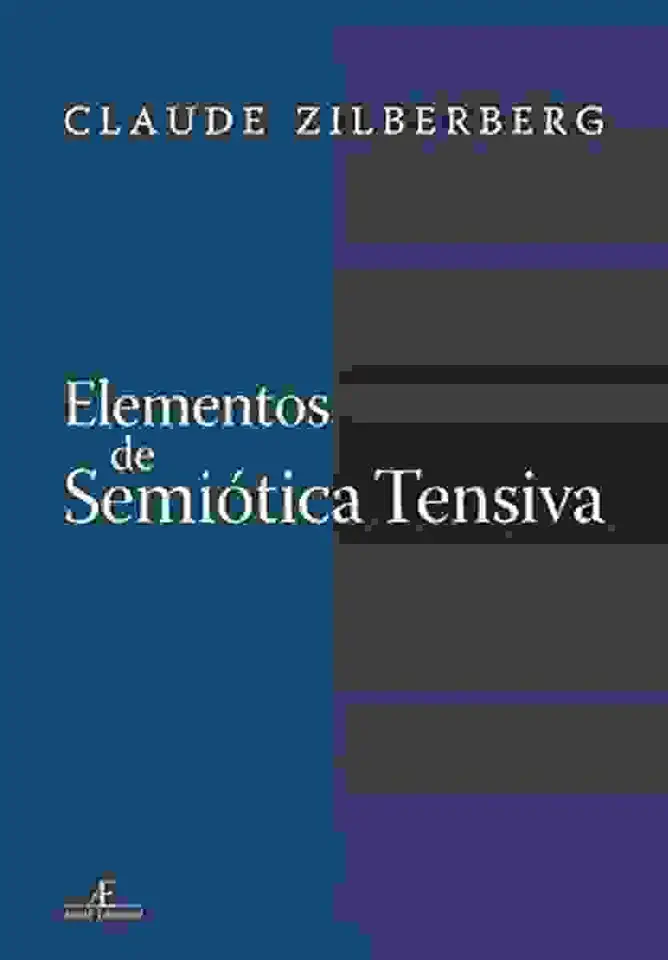
Elements of Tensive Semiotics - Claude Zilberberg
Elements of Tensive Semiotics: Unveiling the Power of Tension in Communication
Introduction: Exploring the Dynamic Nature of Meaning
In the realm of communication, meaning is not a static entity but rather a dynamic force that emerges from the interplay of various elements. Claude Zilberberg's groundbreaking work, "Elements of Tensive Semiotics," delves into the concept of tension as a fundamental principle that shapes and influences the way we communicate and interpret messages. Through a comprehensive analysis of semiotic systems, Zilberberg unveils the intricate mechanisms that govern the creation and perception of meaning, offering a fresh perspective on the field of semiotics.
Unraveling the Essence of Tension
At the heart of Zilberberg's theory lies the notion of tension, which he defines as "the dynamic relationship between opposing forces that coexist within a semiotic system." This tension arises from the interplay of contradictory elements, such as presence and absence, similarity and difference, or affirmation and negation. Zilberberg argues that tension is not merely a byproduct of communication but rather its very essence, driving the process of meaning-making and shaping our understanding of the world around us.
Tension as a Driving Force in Semiotic Systems
Zilberberg meticulously examines how tension manifests itself in various semiotic systems, including language, art, music, and even social interactions. He demonstrates that tension is not limited to specific forms of communication but permeates all aspects of human expression. By analyzing the interplay of opposing forces within these systems, Zilberberg reveals the underlying mechanisms that generate meaning and evoke emotional responses in the audience.
The Role of Tension in Meaning Creation
One of the key contributions of Zilberberg's work is his exploration of the role tension plays in the creation of meaning. He argues that tension acts as a catalyst for the emergence of new ideas and interpretations, challenging conventional understandings and pushing the boundaries of our cognitive frameworks. By embracing tension, communicators can unlock the potential for deeper and more nuanced expressions, fostering a richer and more dynamic exchange of ideas.
Harnessing Tension for Effective Communication
Zilberberg's insights into the nature of tension offer valuable lessons for effective communication. By understanding the dynamics of tension and its impact on meaning-making, communicators can harness this power to craft messages that resonate with their audience and leave a lasting impact. Whether in the realm of advertising, public speaking, or interpersonal communication, the principles of tensive semiotics provide a roadmap for creating compelling and persuasive messages.
Conclusion: Embracing Tension for a Deeper Understanding of Communication
"Elements of Tensive Semiotics" is a seminal work that revolutionizes our understanding of communication by placing tension at the center of semiotic analysis. Claude Zilberberg's exploration of this dynamic force provides a fresh perspective on how we create, interpret, and experience meaning. By embracing tension, communicators can unlock new possibilities for expression and engagement, transforming the way they connect with their audience and shape the world around them.